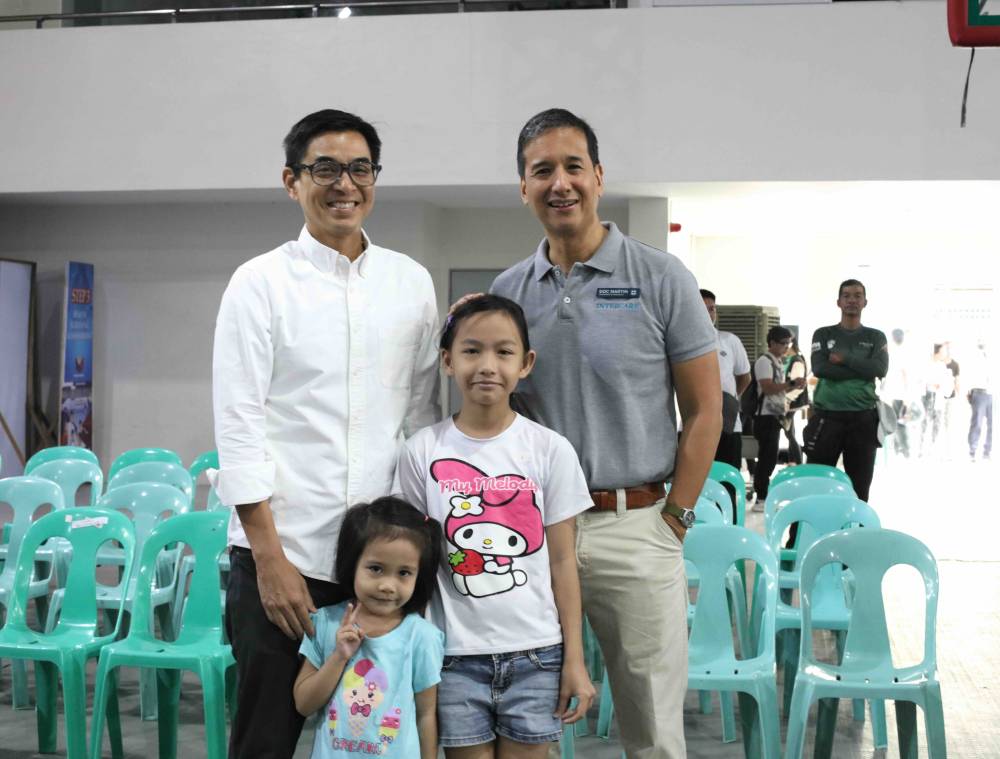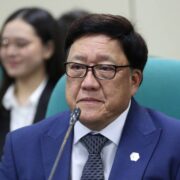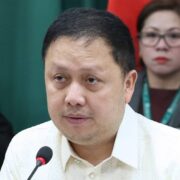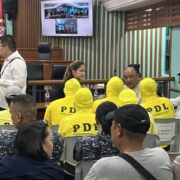Healing hands for the masses

Getting a tight low back or stiff neck adjusted by a foreign-trained chiropractor has long been a privilege reserved for patients with deep pockets. But Martin Camara, an alumnus of the prestigious Palmer Chiropractic University, saw the potential to make chiropractic care in the Philippines more inclusive—reaching laborers, manangs, and everyday workers, not just CEOs and national athletes.
For his pioneering work of institutional leadership, education reform, international advocacy, and public health integration, Camara received the David Chapman-Smith Award from the World Federation of Chiropractic. This global organization promotes the integration of chiropractic into health-care systems. Presented this year in Copenhagen, the award honors individuals who have significantly advanced the chiropractic profession worldwide.
While not the first chiropractor in the Philippines, Camara is widely regarded as a trailblazer for transforming chiropractic care from a niche, foreign-dominated service into a structured health profession led by Filipinos. He played a key role in professionalizing the field by setting national standards, serving as president of the Association of Professional Chiropractors of the Philippines, and lobbying for its formal recognition within the broader health-care system.
Seeing the urgent need for locally trained practitioners, he established the country’s first formal chiropractic school aligned with international standards. He has also represented the Philippines in global chiropractic organizations, codeveloped international safety guidelines, and actively advocated for the inclusion of chiropractic care in the national Universal Healthcare program.
Community focus
“Low back pain has been the no. 1 cause of years lived with disability—or YLDs—in the Philippines for the past two decades,” Camara says. “In a country where much of the workforce relies on manual labor and daily wages, losing the ability to work means losing the ability to survive. That’s why we need to address these conditions as a public health concern. Chiropractic can be an effective, low-cost solution. You don’t need expensive diagnostic tools—just trained hands, a bench, and a table.”
By focusing on education and training, he believes the country can build a stronger local workforce and improve access. “There has to be a connection with the country and a love for the work. We’re hoping our school will create the next generation of Philippine chiropractors to serve the people,” he adds.

That vision led to the founding of the Camara Institute of Chiropractic Sciences (CICS), created to address the long-standing lack of local training. For decades, most chiropractors in the country were either foreigners or Filipinos trained abroad. By 2026, CICS will graduate its first cohort of 12 chiropractic specialists.
Aside from special subjects taught by guest foreign teachers, a key feature of the program is its strong community focus. Tuition is a fraction of international rates, and the school offers both full and partial scholarships. Scholars commit to a return-of-service agreement, treating patients in underserved areas as part of their training. Even paying students earn credits through community-based clinical work, ensuring they make a real-world impact long before graduation.
“This is a long-term strategy,” Camara says. “We’re building a workforce to serve everyone, not just the top tier.”
Wake-up call
This July and August, Intercare Healthcare Systems, where Camara serves as medical director, will hold 20 medical missions with its nonprofit arm, Hands for Vitality (Kamay Para sa Kasiglahan) Foundation. These missions will offer free chiropractic and rehabilitative services to indigent areas in Metro Manila and Camarines Sur, as well as to inmates at Bilibid Prison, the Marine Corps, Presidential Security Group, Department of Migrant Workers, and Commission on Human Rights.
Each mission includes triage, chiropractic adjustments, physical therapy, and exercise sessions. Alongside Intercare’s team, 65 chiropractic students from Canada, Malaysia, and Australia will join as part of their mentorship programs, along with CICS interns. Each intern is expected to treat an average of 20 patients per day, amounting to roughly 200 patients per two-week cycle.
The outreach began in 2012, when Camara—then recognizing that Intercare mainly served an exclusive market—organized missions and invited foreign student volunteers. While rewarding, the work proved physically and emotionally demanding due to limited manpower, prompting a pause. That break, he says, was a turning point.
“The pandemic happened and it became a wake-up call,” he says. “It showed us the need to realign our values and invest in public health efforts that reach the people who need it most—regardless of their ability to pay.”
Globally, an estimated 2.4 billion people suffer from musculoskeletal conditions such as low back and neck pain—800 million and 300 million people, respectively. These are precisely the kinds of cases chiropractic can address.
“Chiropractors can help decongest hospital systems by treating these cases, freeing up resources for more urgent care,” Camara explains.
This year, his team is launching its first local research project comparing chiropractic care to standard treatments for low back pain—a key requirement for PhilHealth reimbursement. “If we succeed,” he says, “then all Filipinos—through PhilHealth—could access chiropractic care. That’s the end goal: Build the evidence, grow the workforce, and show that this kind of care belongs in our national system. It would be a win for public health, a win for patients, and a win for the profession.”

















